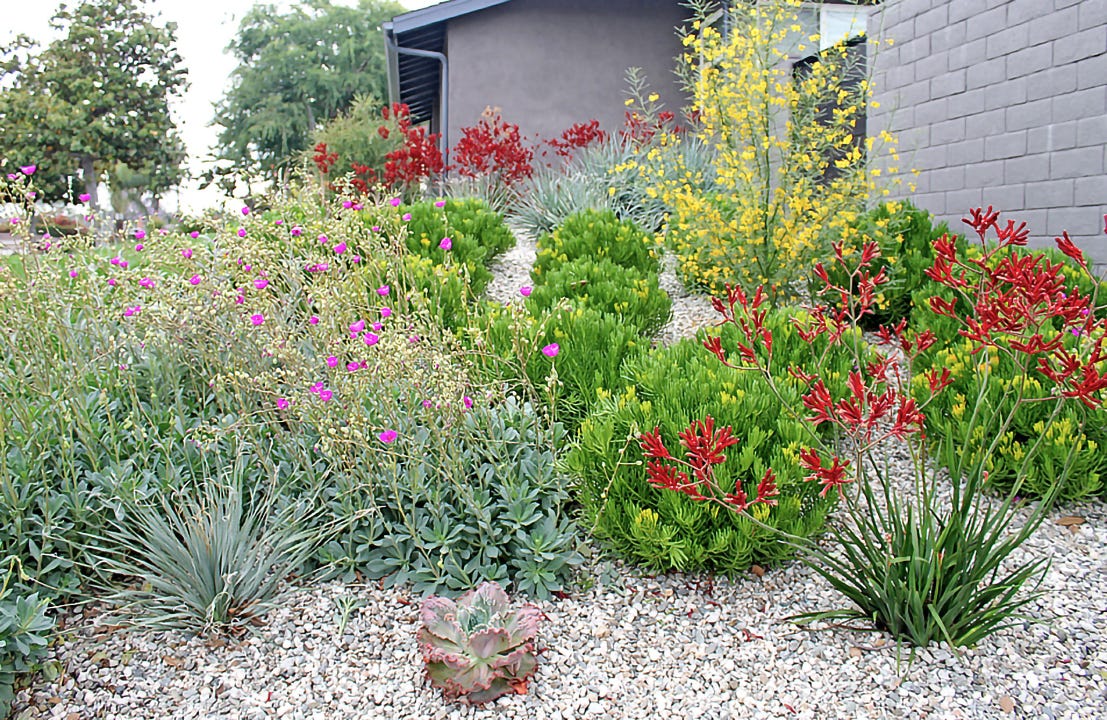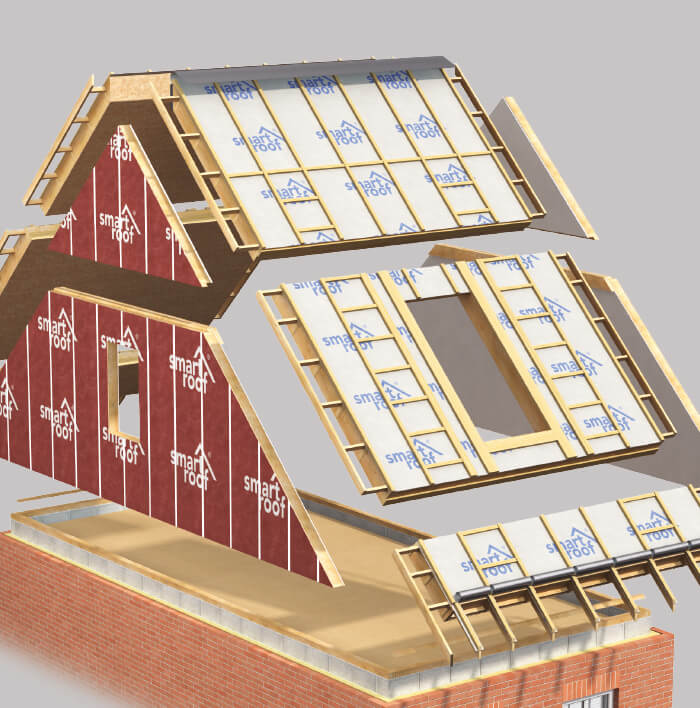Creating Resilient Gardens: Drought-Resistant Landscaping Solutions In the face of changing climate patterns and water scarcity concerns, adopting drought-resistant landscaping...
Rainwater harvesting
Transforming Landscapes: Unveiling Water-Saving Solutions Landscaping is a powerful tool for enhancing the beauty of outdoor spaces, but it comes...
Revolutionizing Homes: The Era of Smart Roofing Technologies As the demand for intelligent and sustainable homes grows, the roofing industry...







